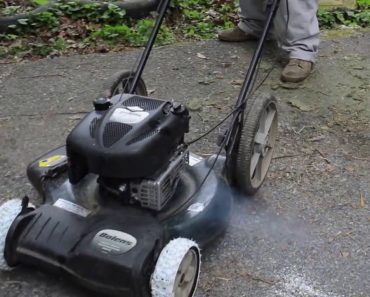One of my more vivid childhood memories is sitting around a campfire with my dad as I made a burned bowl using coals. This a fun way to make a useful item. Additionally, this technique has been used by natives to build much larger items. Things as large a log canoes were built this way. […]
Category: How To (How I Did)
You could call this a How To – but people often tell me I did it wrong – now to be fair you can’t really tell me I can’t do it that way, when the video shows I actually DID do it that way – so to cool down the hateraide – lets just call this HOW I DID
How to Repair a Blown Out Flip Flop: Don’t Step on a Pop Top
If you ever listen to Jimmy Buffet and know about blowing out a flip flop then this post is for you. I am notorious for ripping the thong out of the sole of flip flops. While you can press it back in the hole. Once it is ripped out the flip flop is never […]
How to Punch Square Holes in Metal
This is one of those posts in which I expect an expert to rip me to shreds over my technique. I would deserve it as this is a precision machining technique. However, I butcher it with hand tools and a total lack of precision. I am going to show you a rough approximation of […]
How to Retread a Lawnmower Tire
I saw this on a youtube video a few years ago and kept it in mind for the day I needed it. Basically both the originator of this idea and I both used an old bike tire to cheaply retread a lawnmower tire. This takes a little work, but it is much cheaper than […]
Tiny House Delivery
EDIT: It took so long to post this that the guy that was going to pay his rent by working on the land to “heal the land” actually caused more problems than he solved – meaning dumping his composting toilet (5 gallon bucket) out on the grass, rutting over the septic lines, and basically refusing […]





